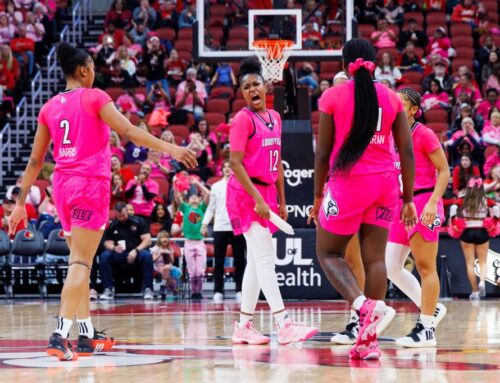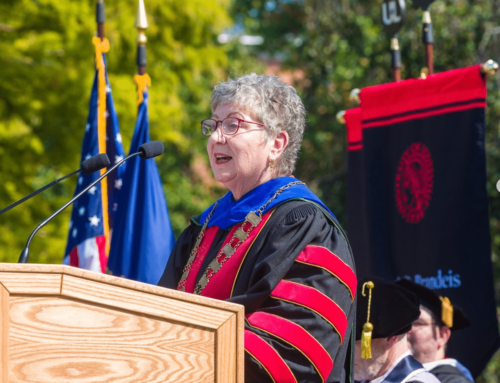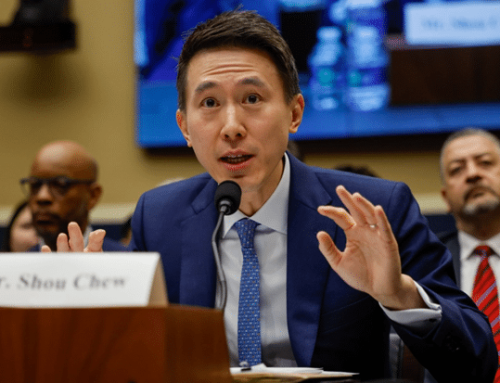By John Beechem
“Kinsey,” Bill Condon’s new bio-pic released by Fox Searchlight studios, tells the story of controversial sex researcher Alfred Kinsey and his rise to prominence in the 1950s.
Liam Neeson plays the title role and uses his skills to transform himself into the obsessive, determined and remarkably human Dr. Kinsey. The story begins with Kinsey’s childhood and adolescence spent under the stern gaze of his preacher father, brilliantly played by John Lithgow. Lithgow’s role is a small one, but he steals all of his scenes as a cruel, oppressive, yet complicated man.
The major arc of the film begins with Kinsey’s career as an entomologist at Indiana University. There he meets his wife as a student, and their experiences as newlyweds spur Kinsey to become interested in sex education.
Laura Linney plays Kinsey’s wife, and her portrayal creates a sympathetic portrait of a woman who must share her life with a man consumed by his work, a man willing to experiment even with his own sexuality. She portrays Kinsey’s wife with a quiet, gentle humor and her emotions range from joy to rage.
The most interesting portion of the film deals with Kinsey’s work as a sex researcher. The film follows his progress from giving sex advice to student acquaintances, to conducting a class on sexuality at Indiana University, and to his final decision to conduct a full-blown scientific investigation about human sexual behavior. The methods Kinsey used to conduct survey interviews paid attention to every detail, and it is fascinating to see the types of questions Kinsey and his staff asked. It is also interesting to see the ways Kinsey instructed his staff so that they could elicit honest responses.
Aside from the public outrage over the findings of Kinsey and his staff, the greatest conflict in the film revolves around Kinsey’s own interpersonal relationships. A particularly intense scene is Kinsey’s confession to his wife about a homosexual experience he had with one of his fellow researchers. This begins a flurry of sexual activity between the Kinseys and among staff members. Kinsey, however, was not a hedonist, and Neeson does a great job of showing the lengths to which Kinsey would go for the sake of self-experimentation.
“Kinsey” is as informing as it is entertaining. The film goes to great lengths to show the practical applications of the scientific process students learn so much about in numerous social science classes. Portions of the film would be perfect for instruction in a Research Methods class. Also, the film does a great job of showing what happens when the research process breaks down and scientists begin undermining their own work.
A great deal of the human conflict in the film is based on the sexual involvement the Kinseys and their staff shared with each other. Although Kinsey viewed this activity as research, the film shows just how flawed some of his methods were.
Condon keeps his portrayal of Kinsey balanced, revealing him as a good, if imperfect man. The principle actors all perform admirably, especially Neeson, who is on screen for almost all of the film. Special consideration must go to Chris O’Donnell, resurrecting his career as Wardell Pomeroy, a fellow researcher, and to Peter Sarsgaard, Kinsey’s closest protégé and one of his male lovers.
“Kinsey” is an extremely informative movie, if at times a bit overdramatic and long. Still, it gives a great introduction to the life of Kinsey and the gist of some of his work. Copies of “Sexual Behavior in the Human Male” and “Sexual Behavior of the Human Female” are available at Ekstrom Library for anyone wanting to learn more about his research.





